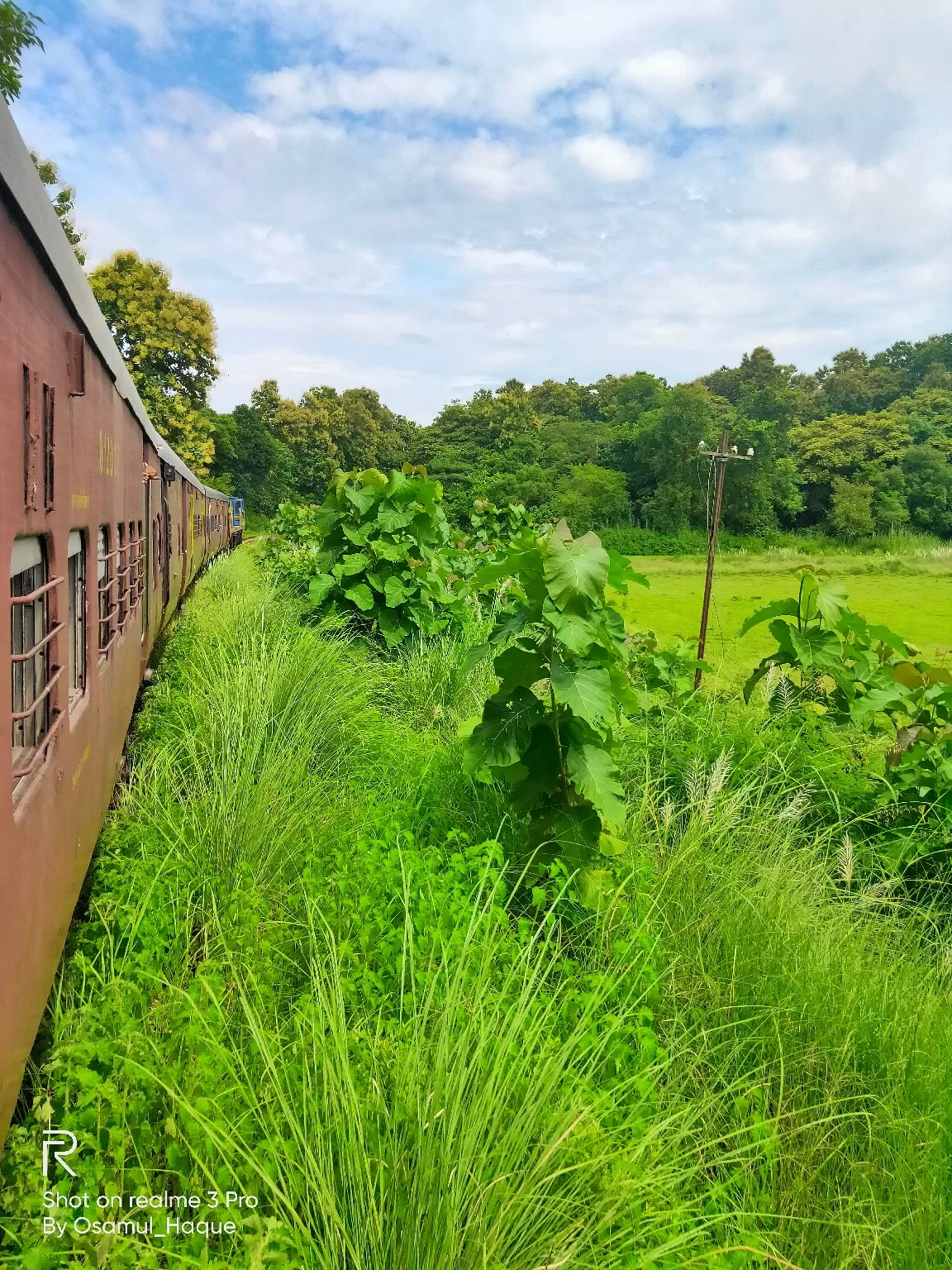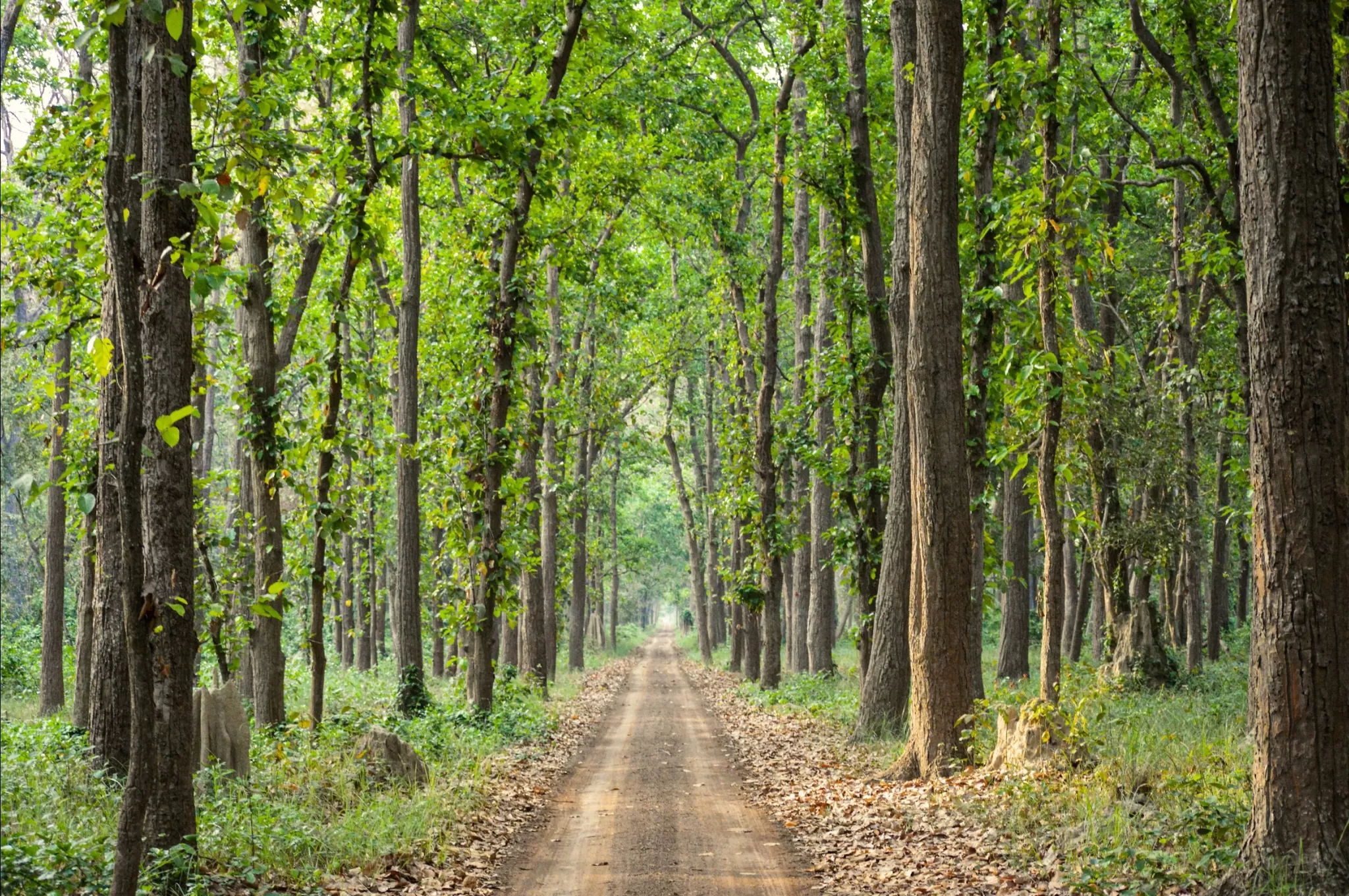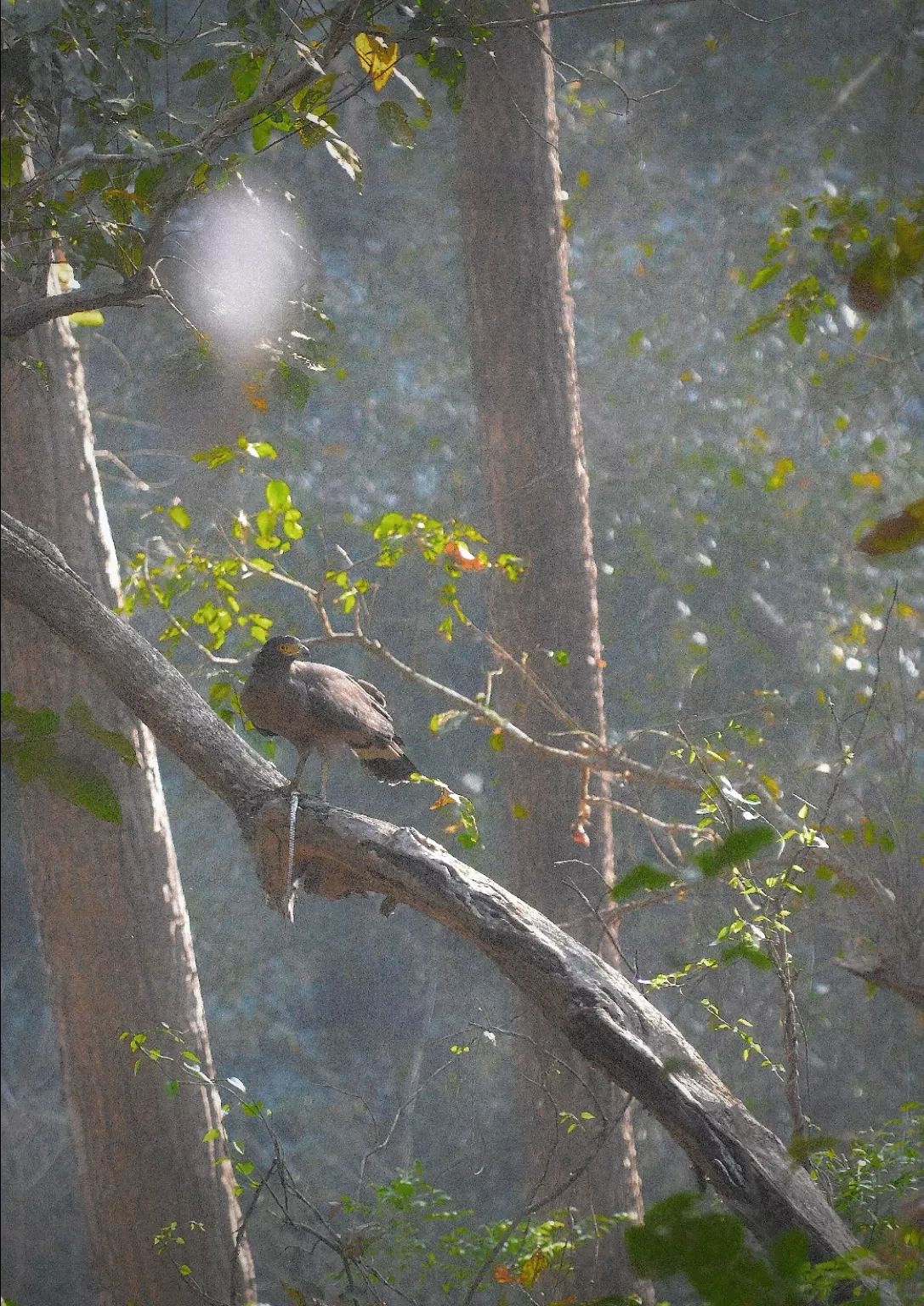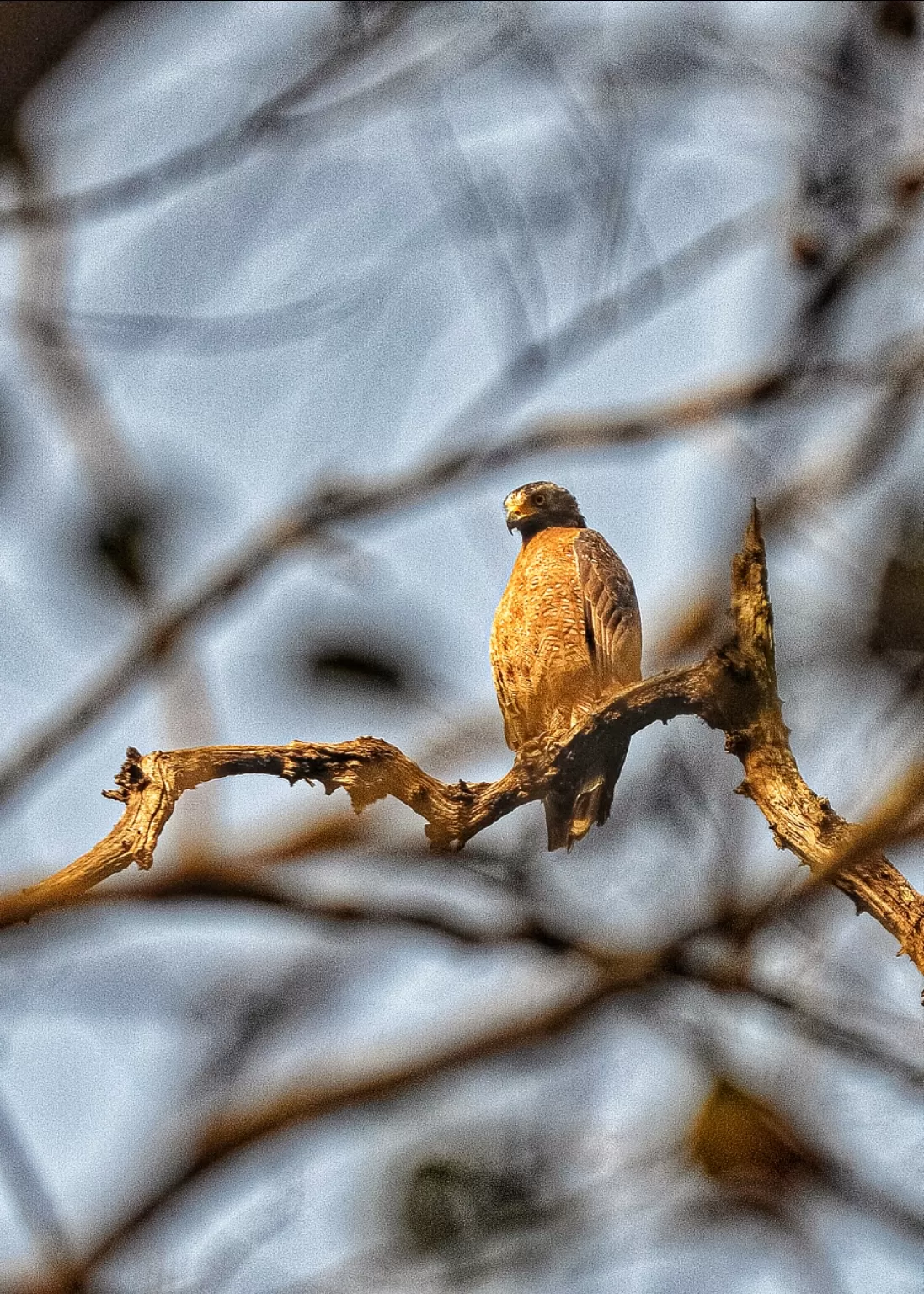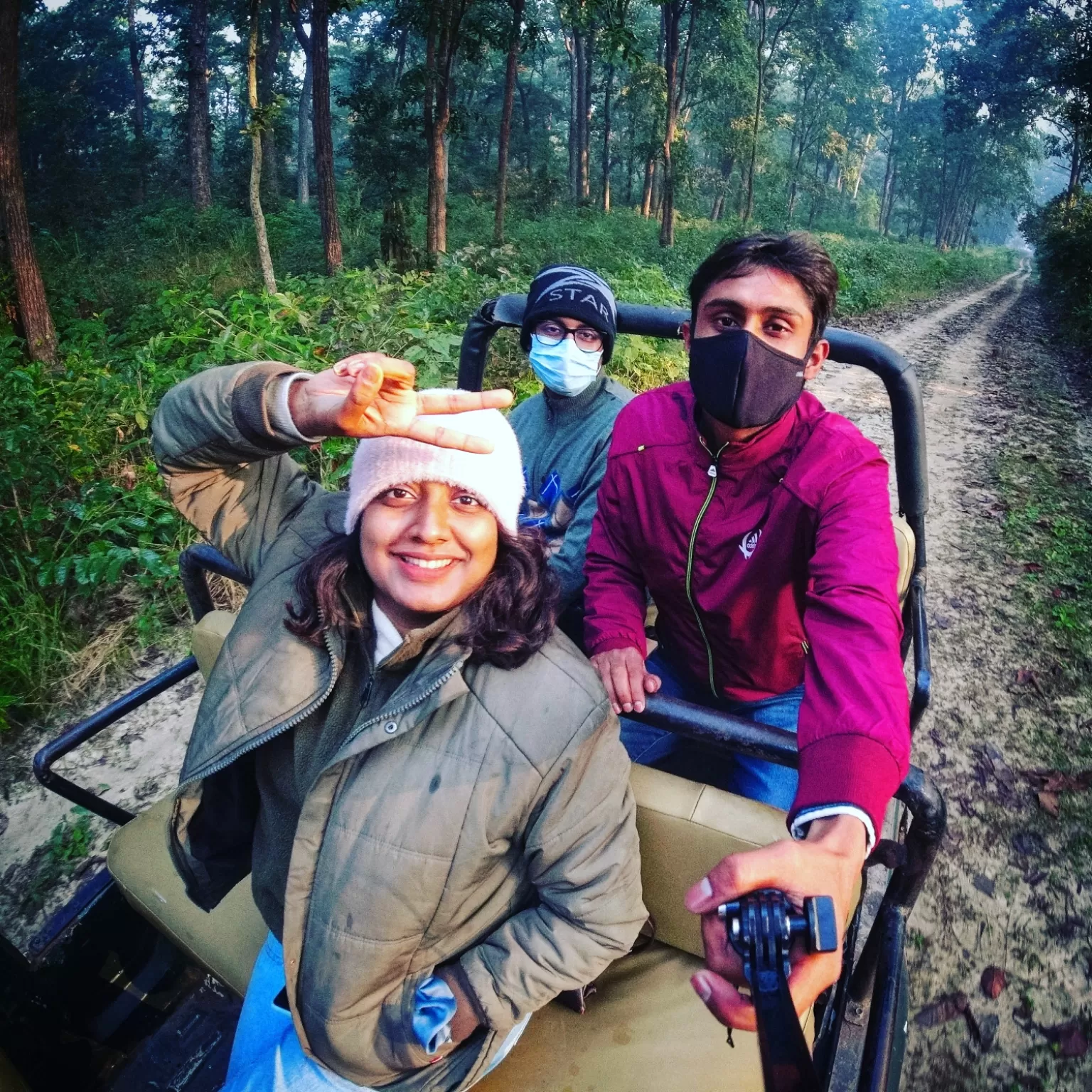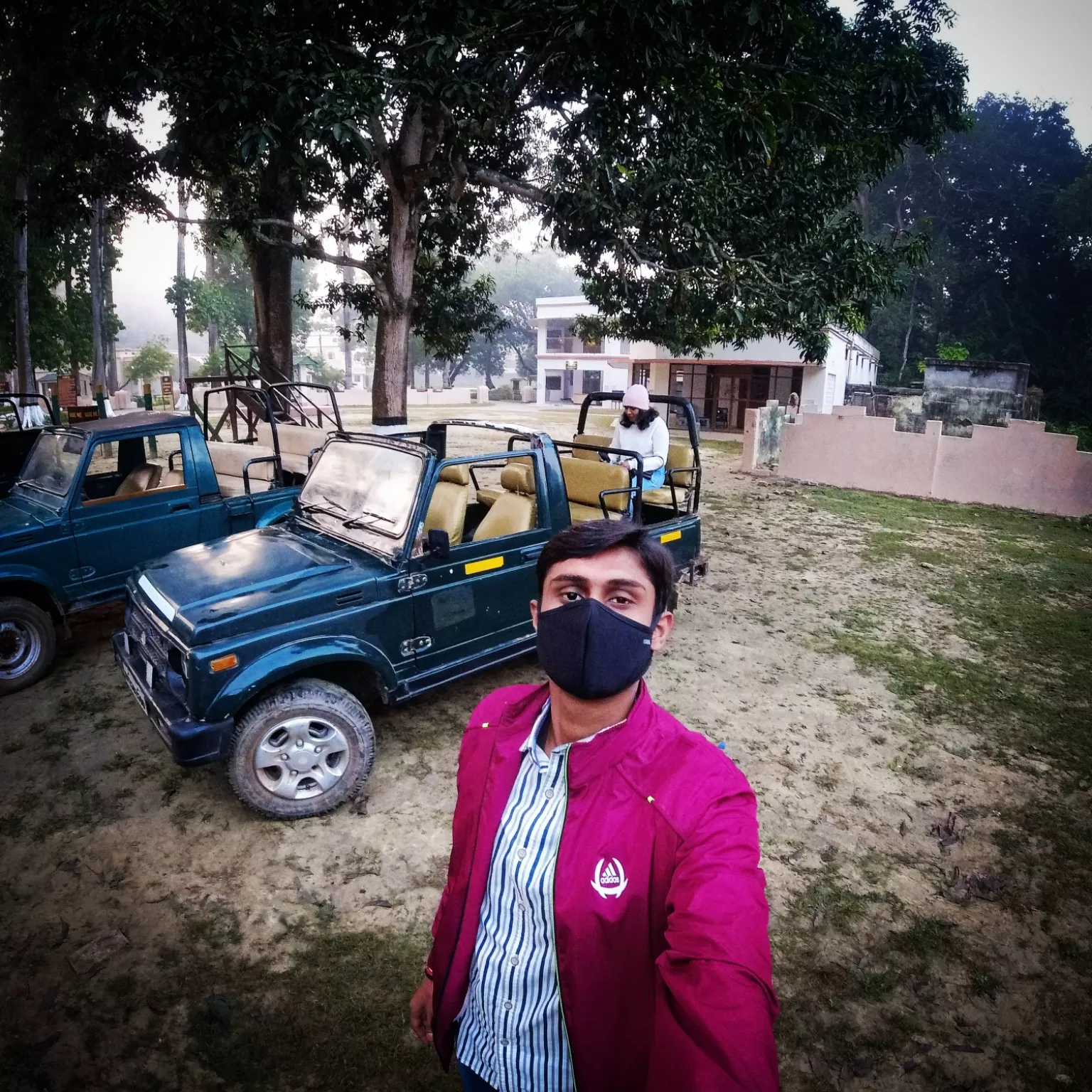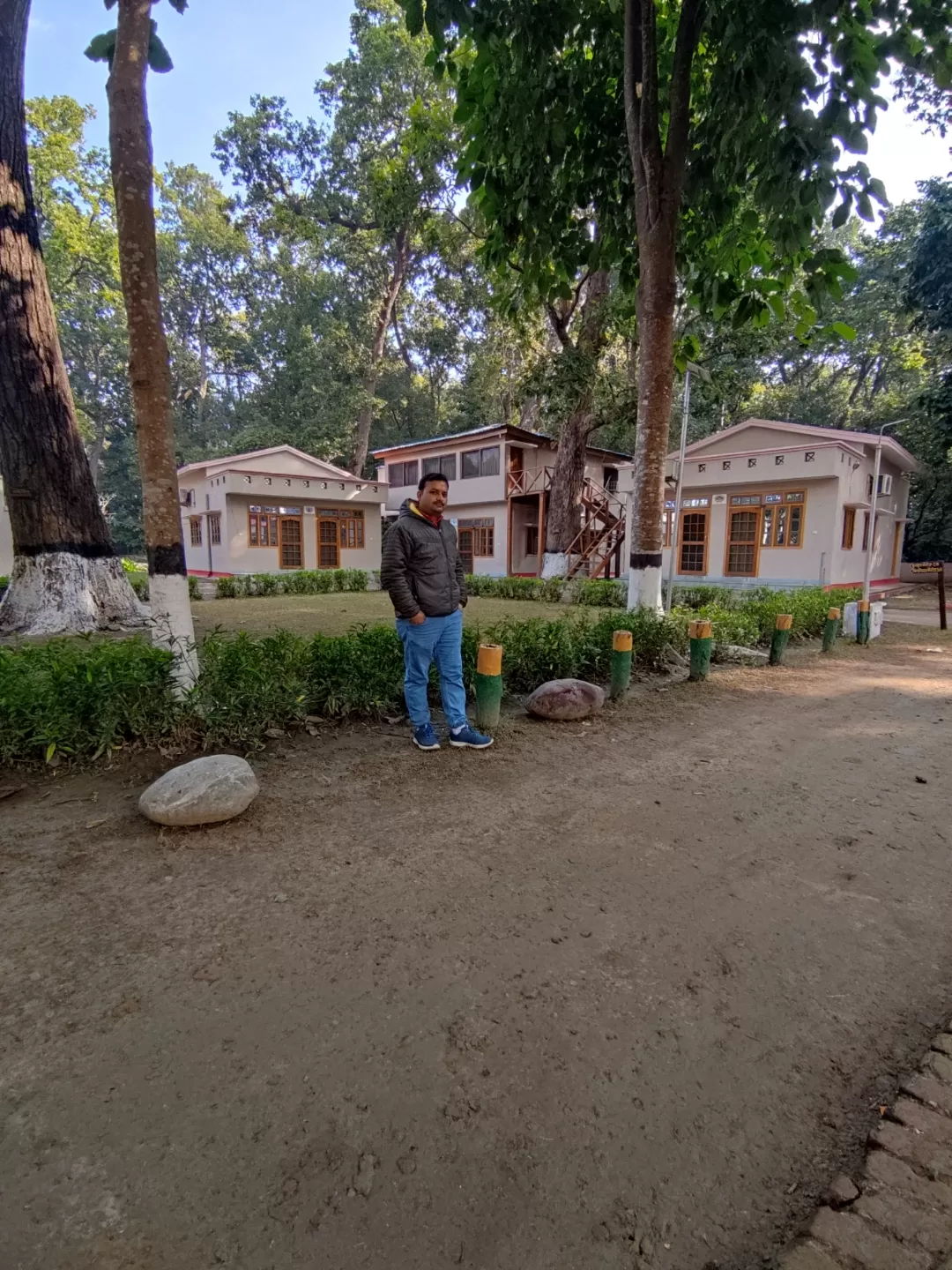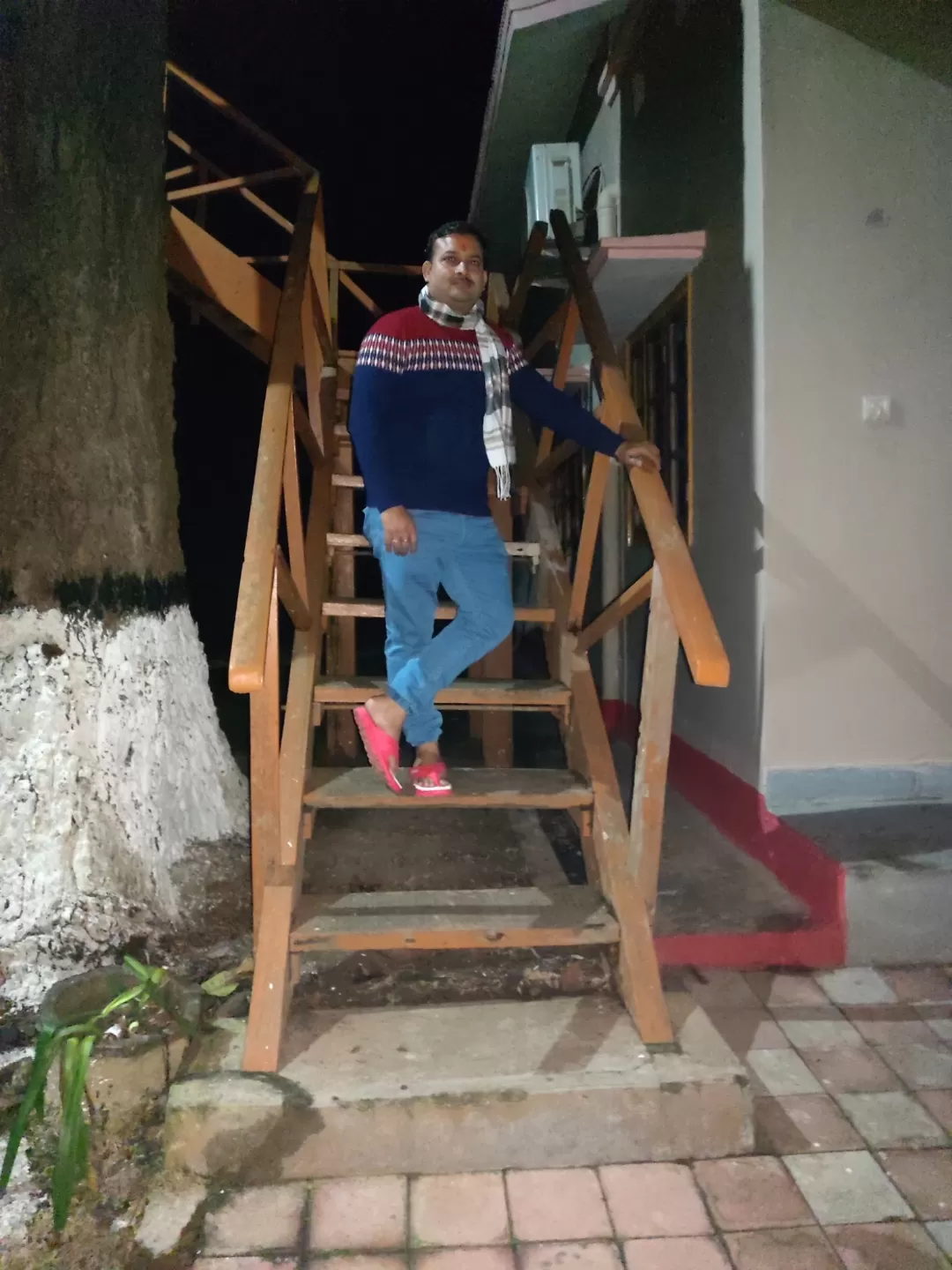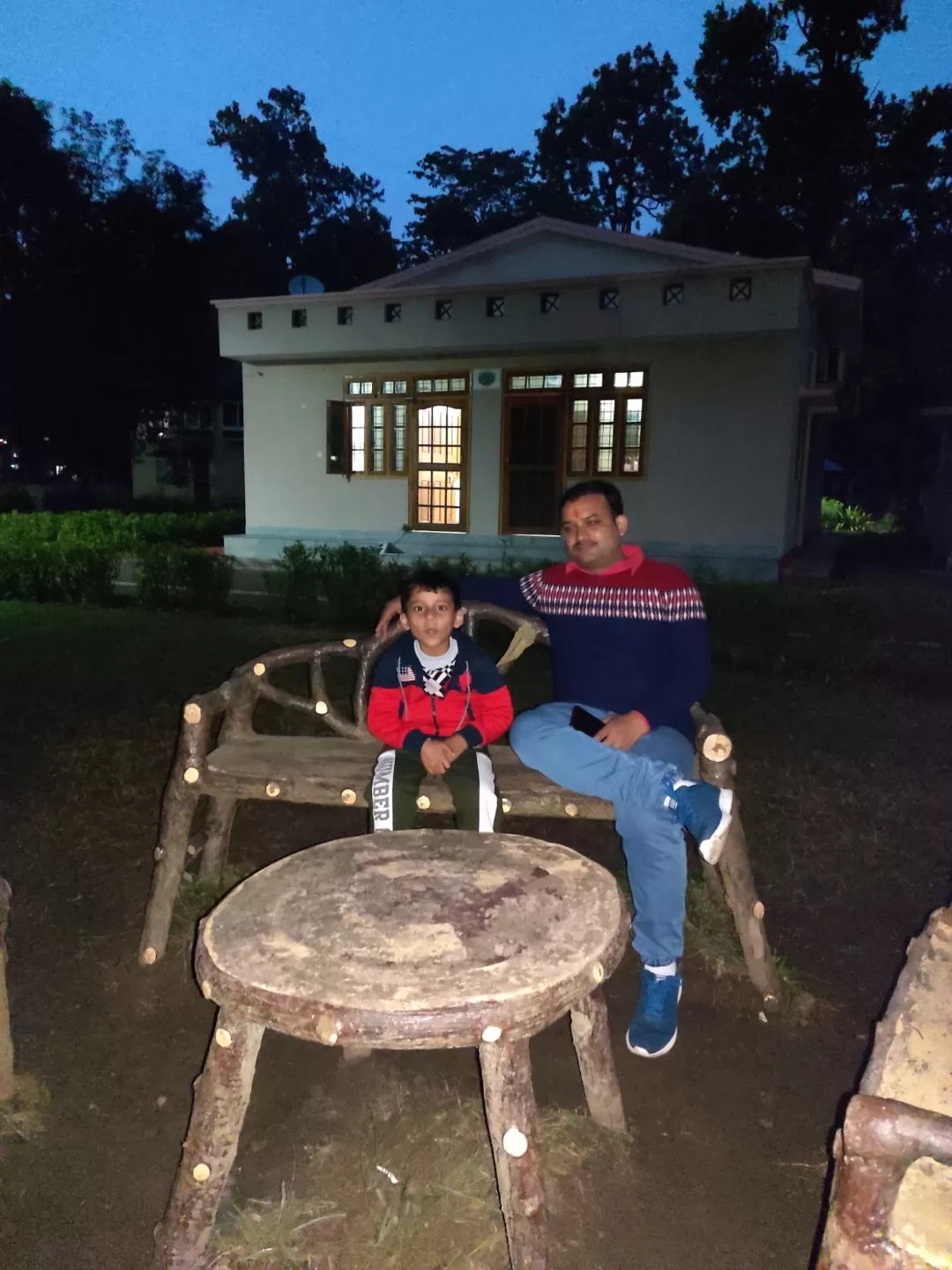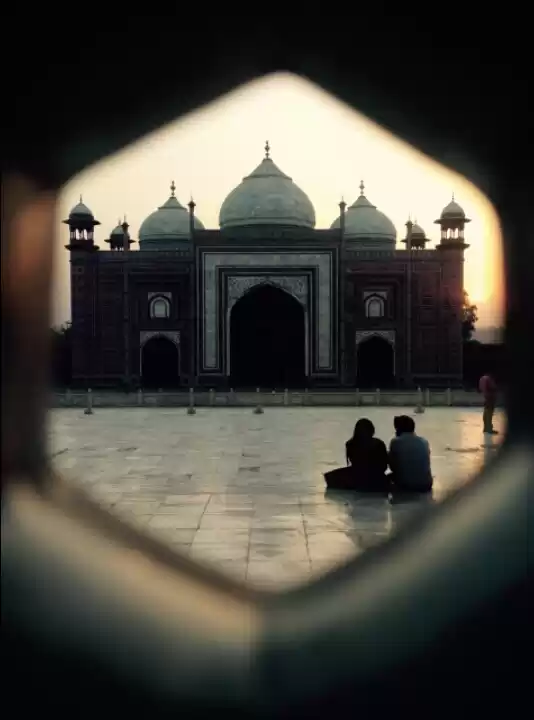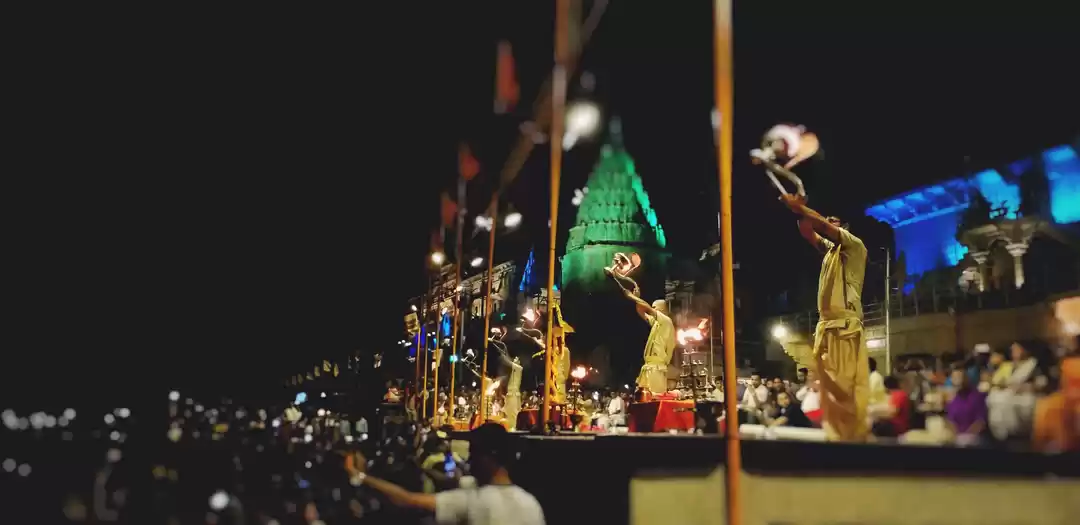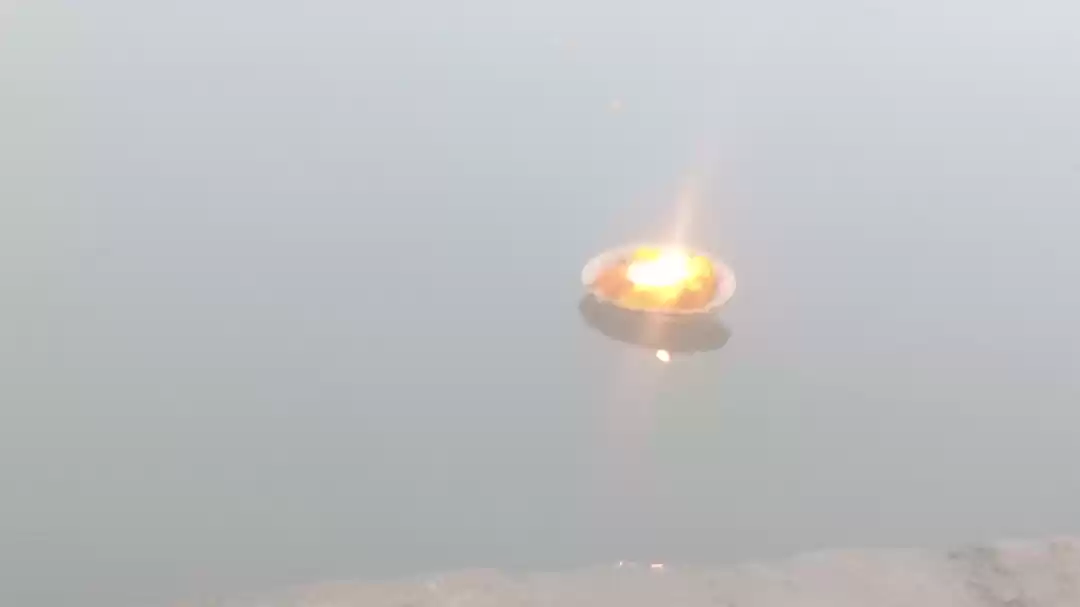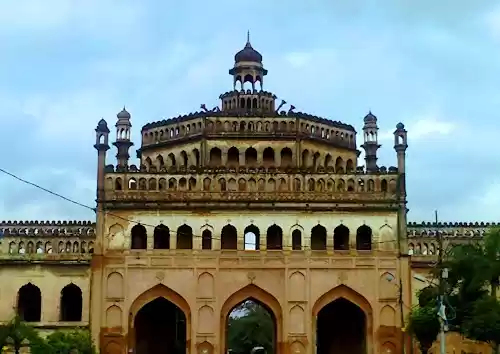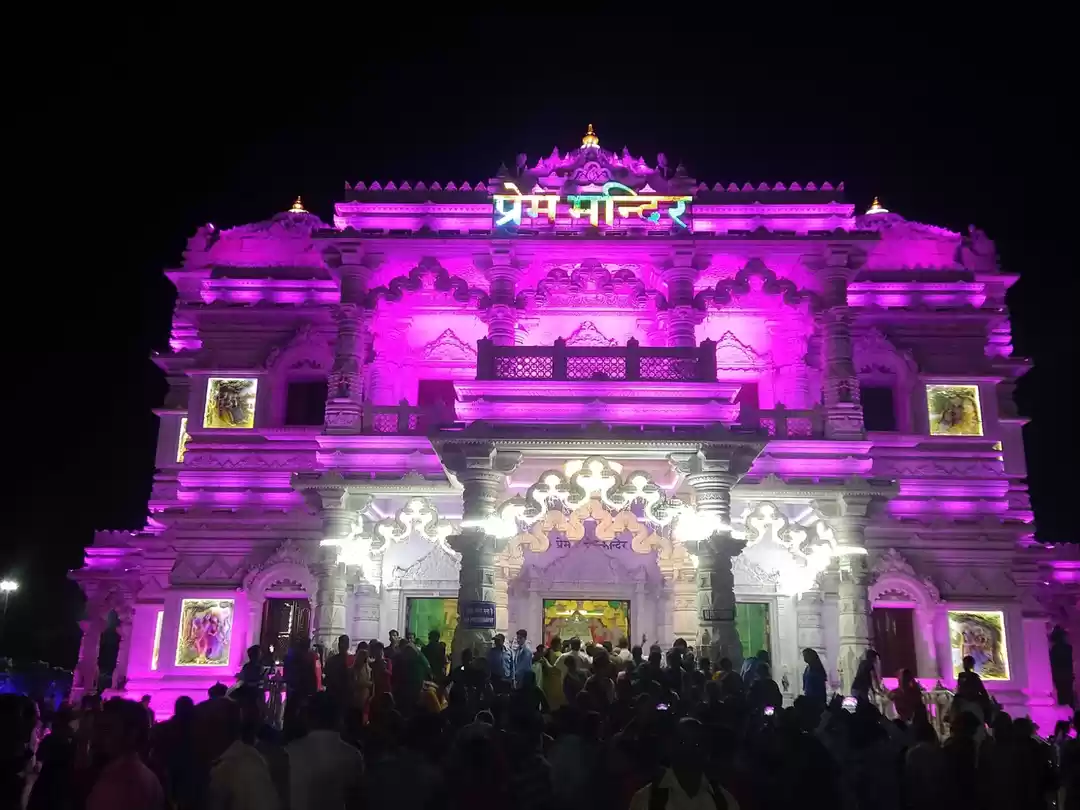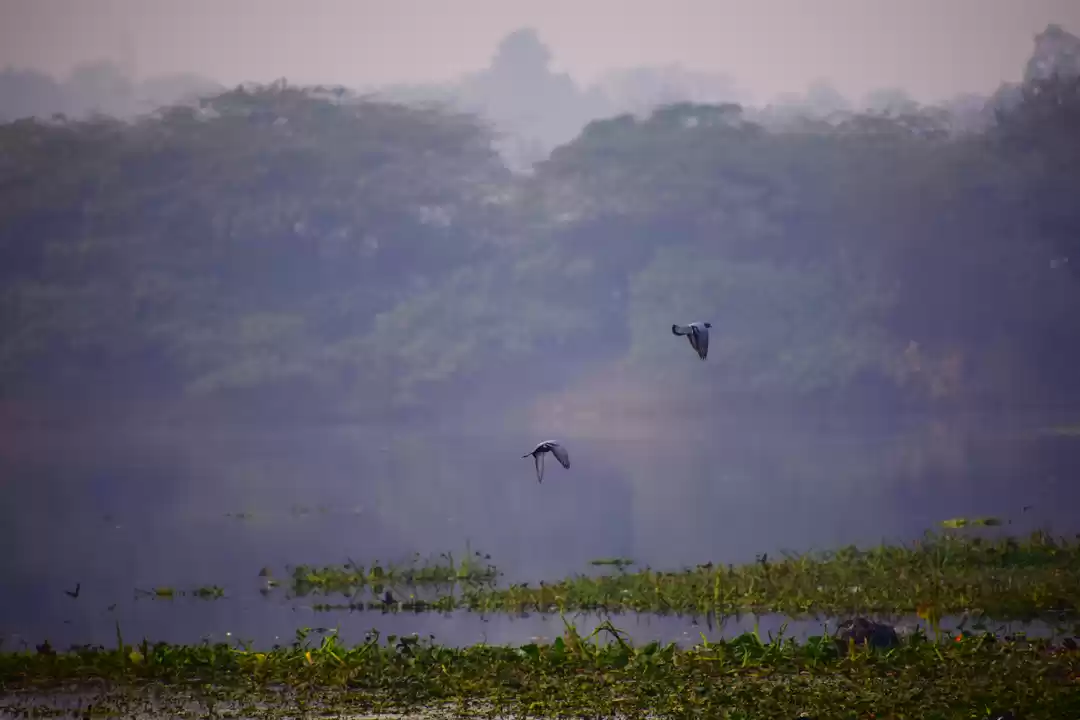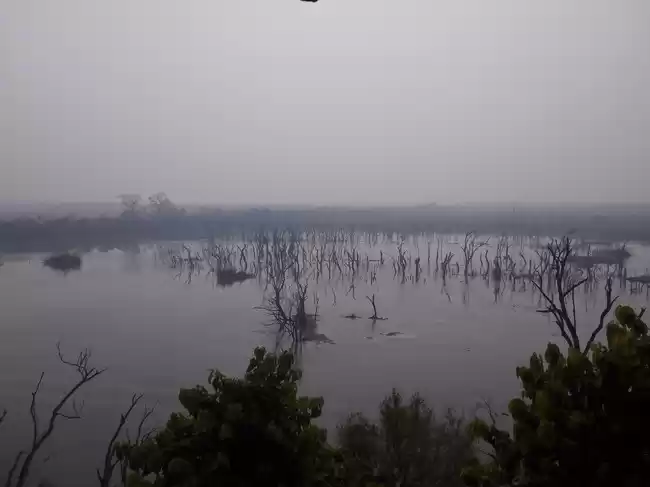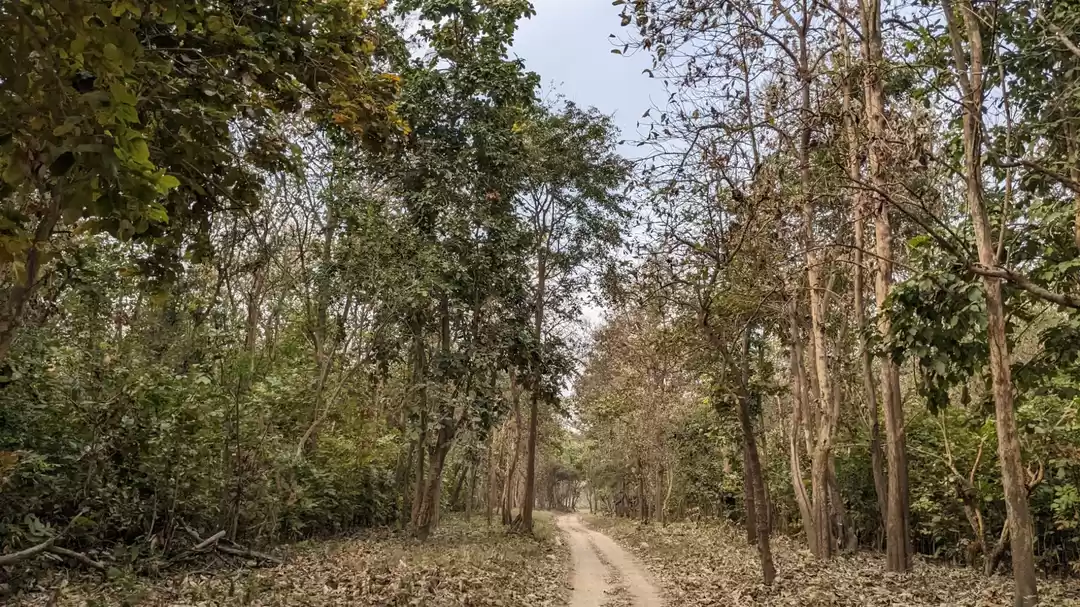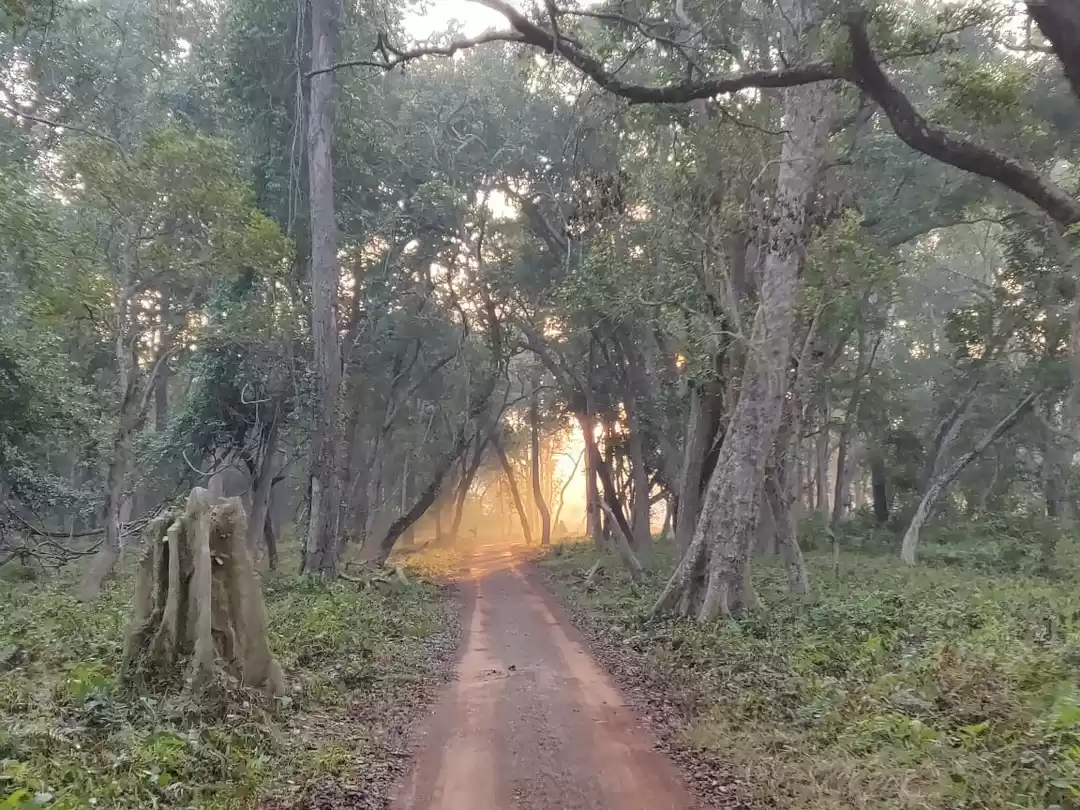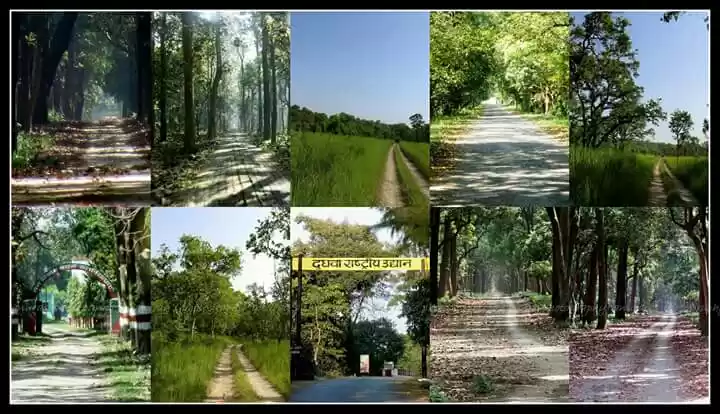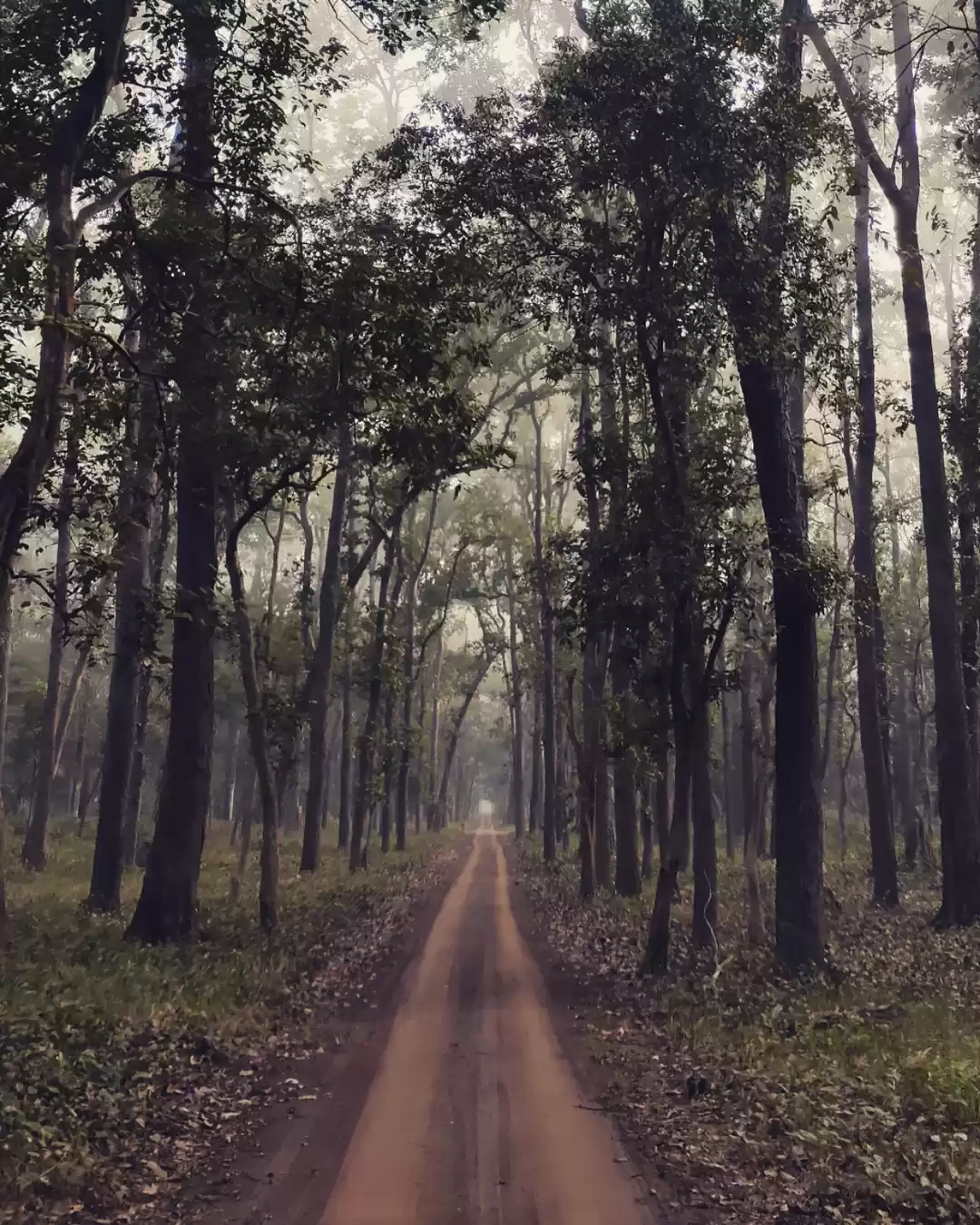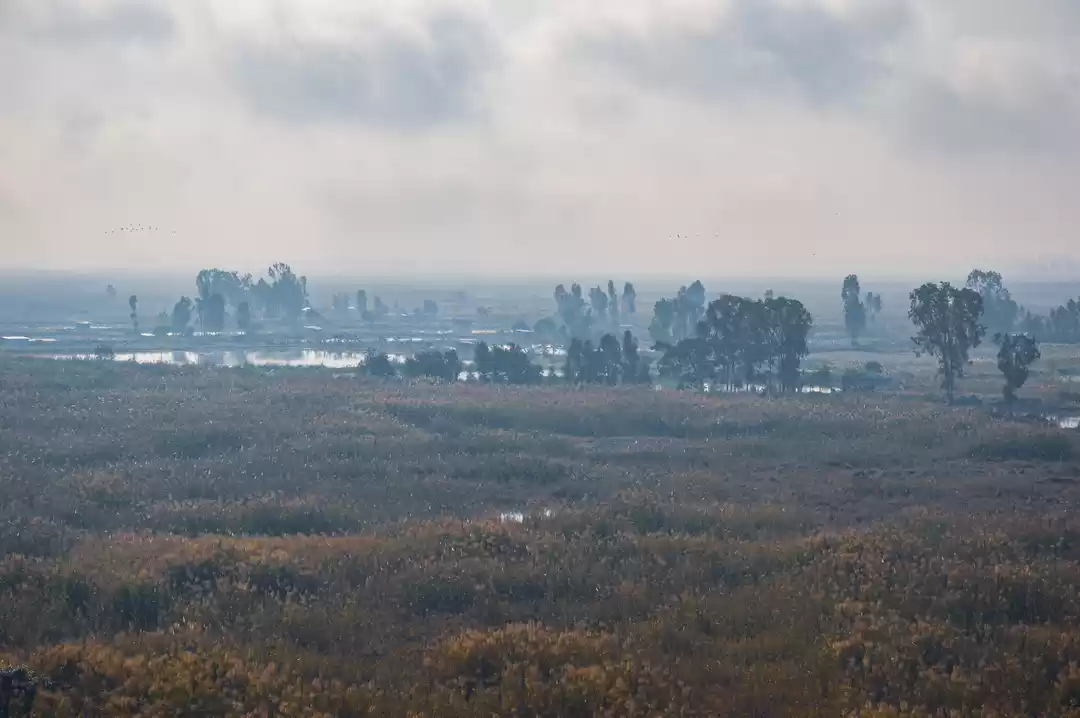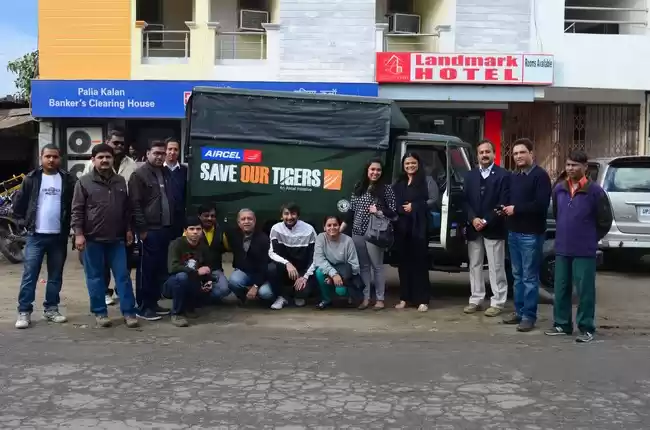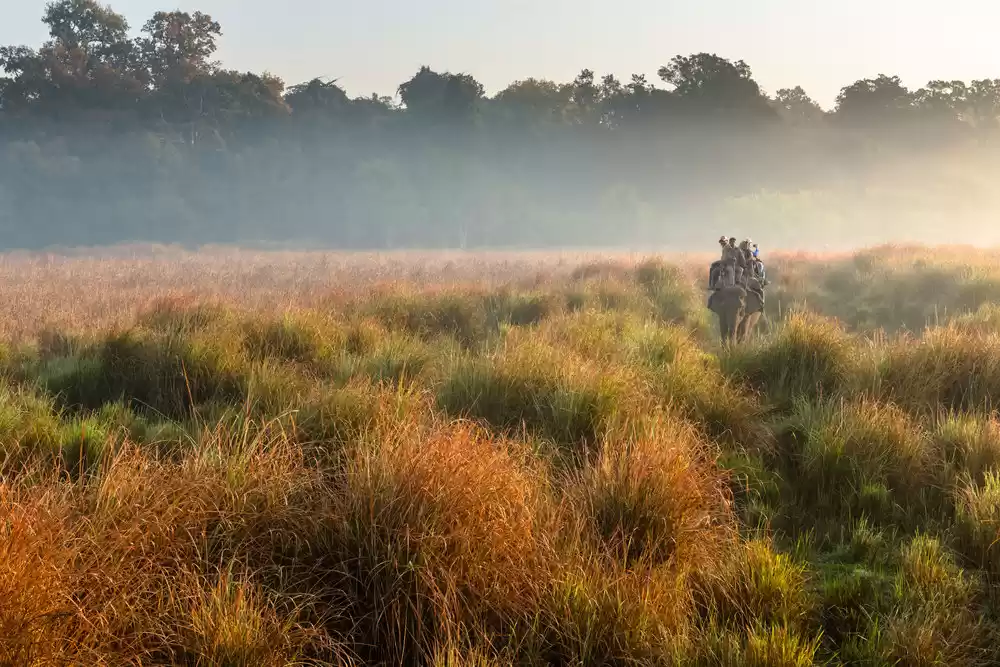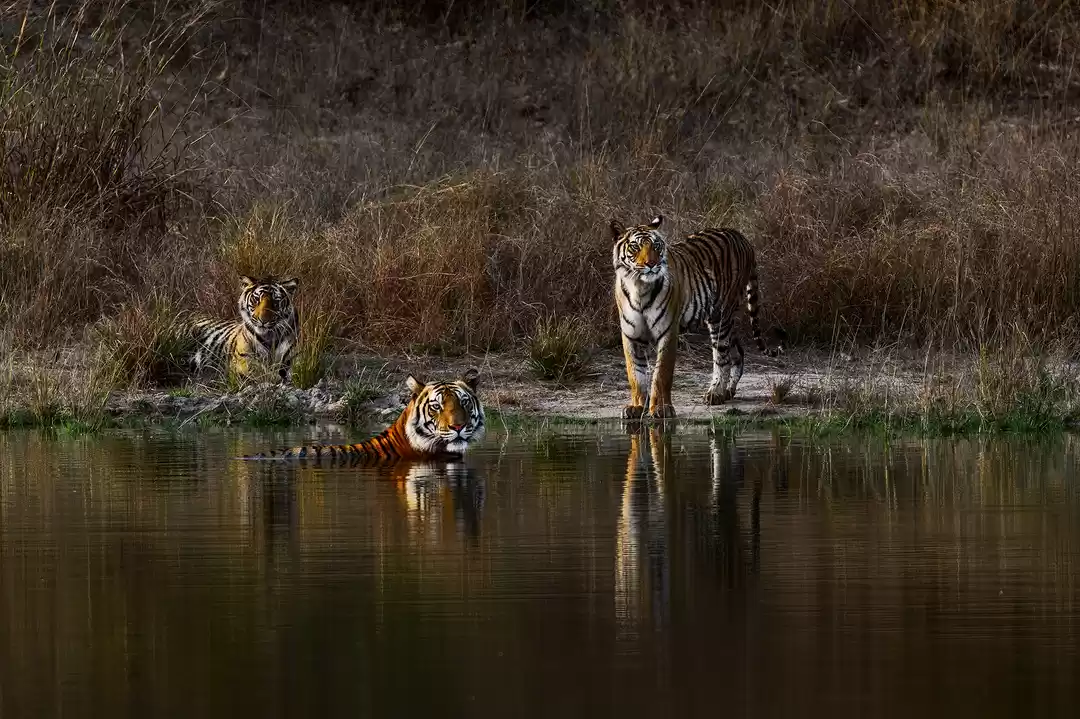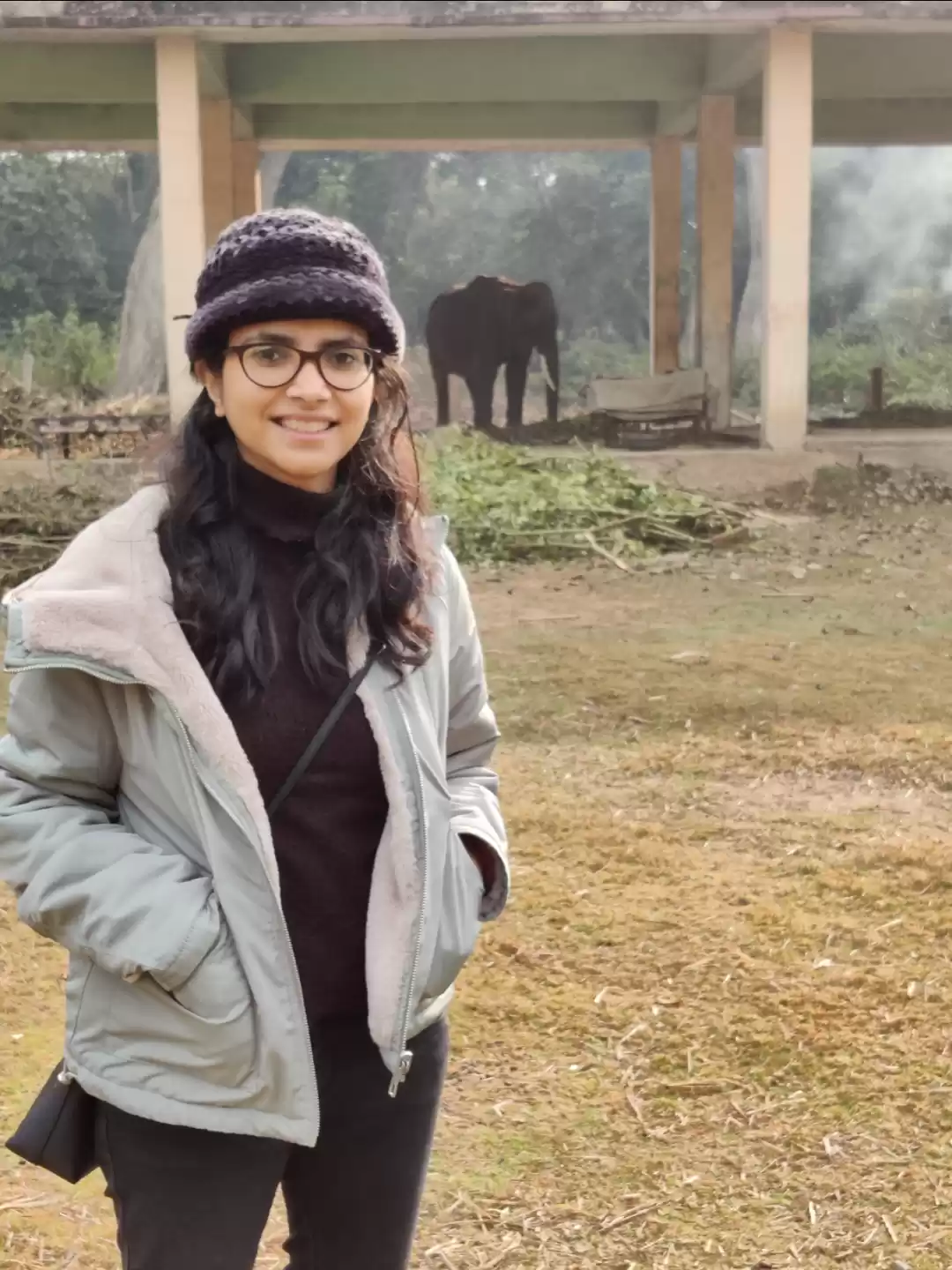Are you looking for a wildlife adventure that will take you to the heart of nature and make you witness some of the most magnificent and endangered animals in the world? If yes, then Dudhwa National Park is the perfect destination for you. Dudhwa National Park is one of the finest wildlife destinations in India, with rich biodiversity, scenic beauty, and conservation efforts. It is home to tigers, rhinos, elephants, birds, wetlands, grasslands, and forests, and offers a variety of safari options, accommodation options, and travel tips. In this article, we will provide you with a complete guide to Dudhwa National Park, covering everything you need to know before you plan your trip.
Wildlife of Dudhwa National Park

Dudhwa National Park is a wildlife lover’s paradise, as it boasts of a diverse and abundant fauna, with more than 450 species of birds, 38 species of mammals, 16 species of reptiles, and numerous species of insects, fish, and amphibians. The main attraction of Dudhwa National Park is the endangered and rare species, such as tigers, rhinos, elephants, swamp deer, leopards, fishing cats, and otters. Here are some of the highlights of the wildlife of Dudhwa National Park:
1. Tigers: Dudhwa National Park is part of the Dudhwa Tiger Reserve, which is one of the most important tiger habitats in India. Dudhwa Tiger Reserve has a population of around 100 tigers, which are protected and monitored by the forest department and the Wildlife Institute of India.
2. Rhinos: Dudhwa National Park is also the site of the Dudhwa Rhino Reintroduction Project, which aims to restore the population of the Indian one-horned rhinoceros in its former range. The project was initiated in 1984, when five rhinos were translocated from Assam to Dudhwa.
3. Elephants: Dudhwa National Park is also home to a large number of elephants, which are mostly migratory and move between Dudhwa and Nepal. The elephants of Dudhwa are mostly seen in the grasslands and wetlands of the park, where they feed on grass, bamboo, and aquatic plants.
4. Swamp Deer: Dudhwa National Park is the only place in the world where you can see the swamp deer, also known as the barasingha, in its natural habitat. The swamp deer is a subspecies of the red deer, which is adapted to live in wetlands and marshes. The swamp deer of Dudhwa are distinguished by their large antlers, which can have up to 12 points.
5. Leopards: Dudhwa National Park is also a good place to see leopards, which are the most elusive and secretive of the big cats. Leopards are mostly nocturnal and solitary, and prefer to hunt in the dense forests and hills of the park.
6. Fishing Cats: Dudhwa National Park is also one of the few places in India where you can see the fishing cat, which is a medium-sized wild cat that specializes in fishing. Fishing cats are semi-aquatic and have webbed feet, which help them to swim and catch fish.
7. Otters: Dudhwa National Park is also a haven for otters, which are small and playful mammals that live in and near water. Otters are members of the weasel family, and have thick fur, long tails, and webbed feet, which help them to swim and dive. Otters are also very social and intelligent, and can be seen in groups of up to 15 individuals.
Safari in Dudhwa National Park
One of the best ways to experience the wildlife of Dudhwa National Park is by taking a safari, which can give you a chance to see the animals in their natural habitat and observe their behavior and interactions. Here are some of the details of the safari options in Dudhwa National Park:
1. Jeep Safari:
Jeep safari is the most popular and convenient way to explore Dudhwa National Park, as it can cover a large area and reach the core zones of the park.
The timings of the jeep safari are from 7 am to 10 am and from 3 pm to 6 pm. The zones of the jeep safari are Sonaripur, Kishanpur, and Bankati, which are the best places to see tigers, rhinos, elephants, and other animals.
The fees of the jeep safari are Rs. 1500 per jeep for Indians and Rs. 3000 per jeep for foreigners, plus Rs. 100 per person for entry fee and Rs. 500 per jeep for guide fee.
2. Elephant Safari:
Elephant safari is another exciting way to explore Dudhwa National Park, as it can give you a different perspective and a closer encounter with the wildlife.
The timings of the elephant safari are from 7 am to 9 am and from 3 pm to 5 pm. The zones of the elephant safari are Sonaripur, Kishanpur, and Bankati, which are the same as the jeep safari.
The fees of the elephant safari are Rs. 600 per person for Indians and Rs. 1200 per person for foreigners, plus Rs. 100 per person for entry fee and Rs. 500 per elephant for mahout fee.
3. Walking Safari:
Walking safari is a unique and adventurous way to explore Dudhwa National Park, as it can give you a chance to experience the wilderness and the thrill of being on foot.
The timings of the walking safari are from 7 am to 9 am and from 3 pm to 5 pm. The zone of the walking safari is the rhino enclosure, which is a fenced area of 27 sq km within the park, where you can see the rhinos and other animals.
The fees of the walking safari are Rs. 300 per person for Indians and Rs. 600 per person for foreigners, plus Rs. 100 per person for entry fee and Rs. 500 per group for guide fee.
4. Boat Safari:
Boat safari is a relaxing and enjoyable way to explore Dudhwa National Park, as it can give you a chance to see the aquatic and avian life of the park.
The timings of the boat safari are from 7 am to 10 am and from 3 pm to 6 pm. The zones of the boat safari are Suheli, Katarniaghat, and Girwa, which are the rivers and lakes of the park, where you can see otters, fishing cats, crocodiles, turtles, and birds.
The fees of the boat safari are Rs. 500 per boat for Indians and Rs. 1000 per boat for foreigners, plus Rs. 100 per person for entry fee and Rs. 500 per boat for boatman fee.
5. Canoe Safari:
Canoe safari is a fun and adventurous way to explore Dudhwa National Park, as it can give you a chance to paddle your own canoe and navigate the waterways of the park.
The timings of the canoe safari are from 7 am to 10 am and from 3 pm to 6 pm. The zones of the canoe safari are Suheli, Katarniaghat, and Girwa, which are the same as the boat safari.
The fees of the canoe safari are Rs. 300 per canoe for Indians and Rs. 600 per canoe for foreigners, plus Rs. 100 per person for entry fee and Rs. 500 per canoe for canoeist fee.
6. Night Safari:
Night safari is a rare and thrilling way to explore Dudhwa National Park, as it can give you a chance to see the nocturnal and elusive animals of the park, such as leopards, hyenas, jackals, civets, and owls.
The timing of the night safari is from 7 pm to 10 pm. The zone of the night safari is the buffer zone of the park, which is outside the core zones, but still has a good wildlife density.
The fees of the night safari are Rs. 2000 per jeep for Indians and Rs. 4000 per jeep for foreigners, plus Rs. 100 per person for entry fee and Rs. 500 per jeep for guide fee.
7. Camera Trap Safari:
Camera trap safari is a novel and innovative way to explore Dudhwa National Park, as it can give you a chance to see the images of the animals captured by the camera traps installed in the park.
The timings of the camera trap safari are from 7 am to 10 am and from 3 pm to 6 pm. The zone of the camera trap safari is the core zone of the park, where the camera traps are placed in strategic locations, such as waterholes, trails, and dens.
The fees of the camera trap safari are Rs. 1000 per person for Indians and Rs. 2000 per person for foreigners, plus Rs. 100 per person for entry fee and Rs. 500 per group for guide fee.
Hotels in Dudhwa National Park
If you want to stay in Dudhwa National Park and enjoy its beauty and tranquility, you have a range of accommodation options to choose from, depending on your budget and preference. You can stay in hotels, resorts, lodges, or camps, which offer comfortable and cozy rooms, with amenities such as hot water, electricity, wifi, and room service. Some of the best hotels in Dudhwa National Park are Dudhwa Jungle Lore, Dudhwa Forest Rest House and Dudhwa Tiger Huts.
How to Reach Dudhwa National Park
Dudhwa National Park is well-connected by road, rail, and air, and can be easily reached from different cities and states of India. Here are some of the ways to reach Dudhwa National Park:
By Flight: The nearest airport to Dudhwa National Park is Lucknow Airport, which is about 250 km away. Lucknow Airport is connected to major cities of India, such as Delhi, Mumbai, Kolkata, Bangalore, and Hyderabad, by regular flights.
By Road: Dudhwa National Park is well-connected by road to nearby towns and cities, such as Palia, Lakhimpur, Bareilly, Shahjahanpur, and Sitapur. You can take a taxi or a bus to Dudhwa National Park from these places, which will take about 2 to 4 hours.
By Train: The nearest railway station to Dudhwa National Park is Dudhwa Railway Station, which is about 4 km away. Dudhwa Railway Station is connected to nearby towns and cities, such as Palia, Lakhimpur, Bareilly, Shahjahanpur, and Sitapur, by regular trains. From Dudhwa Railway Station, you can take a taxi or a rickshaw to Dudhwa National Park, which will take about 10 minutes.
Dudhwa National Park is a place that can make you fall in love with nature and wildlife, and make you feel the joy and wonder of being in the wild. Dudhwa National Park is a place that can offer you a memorable and unforgettable experience, and make you want to come back again and again. If you are looking for a wildlife adventure that will take you to the heart of nature and make you witness some of the most magnificent and endangered animals in the world, then Dudhwa National Park is the perfect destination for you. So, what are you waiting for? Book your tour package, safari, or hotel today, and get ready to explore the wildlife paradise of India.










